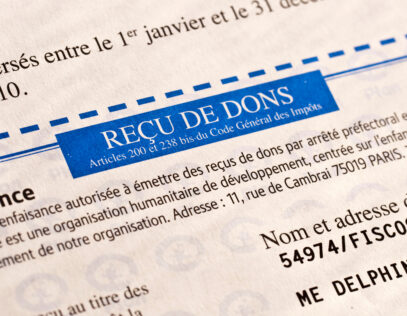Vietnam has implemented a very interesting interquartile range requirement for transfer pricing analyses prepared for Vietnam. In their regulations, the tested party must fall within the 35th to 75th percentiles of the arm’s length range, rather than the more traditional 25th to 75th. As Duke University professor Eddy Malesky points out in this podcast, “Audits on the Rise in Vietnam,” the latter, globally accepted 25%-75% range had been the case in Vietnam, until this change in regulations.
So why the change?
While I have not seen anything in writing from the Vietnamese tax authority, my theory is this: Most intercompany transactions with a Vietnamese entity will likely use this entity as the tested party–it will most likely be the least complex entity, without any intellectual property ownership.
Understanding the dynamics of tested party selection, I suspect the Vietnamese tax authorities have come to the common-sense conclusion that they should skew the range in their own favor. This essentially raises the floor of arm’s-length profitability that entities in Vietnam must maintain. Essentially, they’re saying that the taxpayer needs to leave a higher minimum profit in Vietnam.
If tested parties were the other, non-Vietnamese entities, in any significant number, this regulatory change would not be advised. But since for the vast majority of intercompany transactions, Vietnamese entities will be the tested party in any given transfer pricing analysis, this regulation works remarkably well for the tax authority—it’s so simple, it’s genius.
So, the question becomes, is Vietnam ahead of its time? Or is this move slated to cause unintended consequences?








